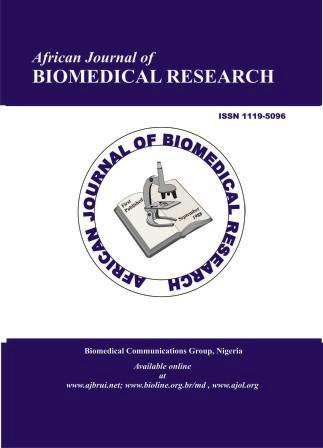Case Report On Increased Natriuretic Peptides In Myocardial Infarction: An Insight On Prognostic And Diagnostic Perspectives
DOI:
https://doi.org/10.53555/AJBR.v28i1.8420Keywords:
Myocardial infarction, BNP, NT-proBNP, Natriuretic peptides, Cardiac biomarkers, Heart failureAbstract
Background
The diagnosis and prognosis of heart failure depend strongly on natriuretic peptides, especially B-type natriuretic peptide (BNP) and N-terminal proBNP (NT-proBNP). However, Acute Myocardial Infarction (AMI) also causes their elevation, which can make clinical interpretation more difficult. We illustrate the diagnostic and prognostic importance of these biomarkers by reporting a case of increased natriuretic peptides in a patient who presented with acute ST-elevation myocardial infarction (STEMI).
Case presentation
A 68-year-old male came to the hospital with a history of type 2 diabetes mellitus presented to the emergency department with acute onset of chest pain radiating to the left arm, accompanied by diaphoresis and dyspnea for 2 hours.Patient had been successfully treated with symptomatical management.
Conclusion
This case enlightens the importance of recognizing elevated natriuretic peptides in the setting of acute myocardial infarction.
Downloads
Published
Issue
Section
License
Copyright (c) 2024 Daniel Sundar Singh (Author); Anand B. Pithadia, Lavanya S (Author)

This work is licensed under a Creative Commons Attribution 4.0 International License.









